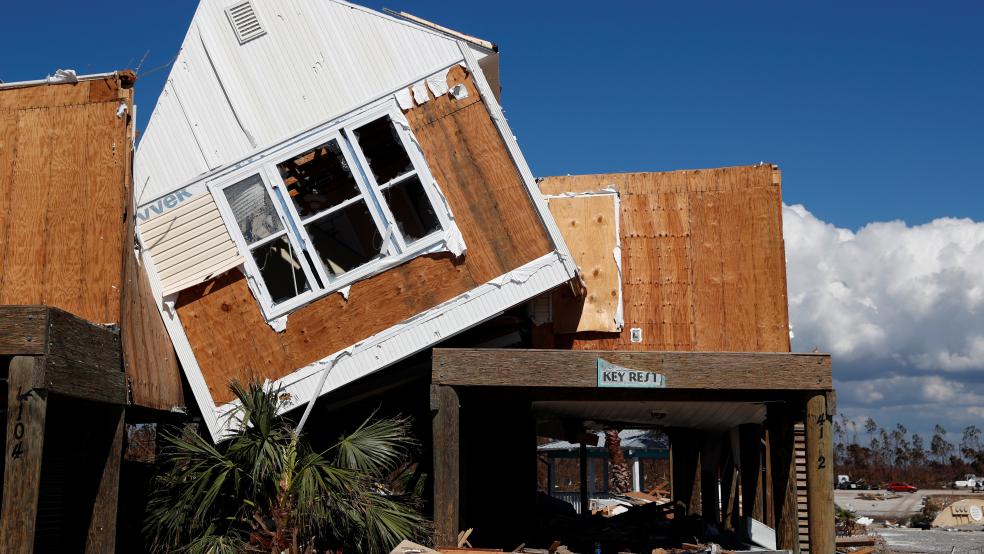The U.S. has allocated more than $100 billion since 2017 to help cities and states rebuild after natural disasters, but most of the money remains unspent.
“As of June 30, the government had spent less than one-third of the $107 billion provided by Congress following the hurricanes and wildfires of 2017 and 2018, federal data show,” The New York Times’ Christopher Flavelle wrote Thursday.
The money was provided by Congress in the wake of a series of unusually powerful natural disasters over the last two years – Hurricanes Harvey, Irma, Maria, Florence and Michael, and the 2017 and 2018 California Wildfires – to more than 20 federal agencies, including the Federal Emergency Management Agency, the Small Business Administration, and the Departments of Homeland Security, Defense, and Housing and Urban Development.
Here’s a summary of the status of that funding as of June 30, 2019, taken from the FEMA website.
Two federal agencies, FEMA and HUD, account for more than 65% of the funding. HUD has received $37 billion since 2017, more than any other agency, but has spent just $75 million – less than 1% of its allocation. FEMA is sitting on roughly $8 billion of the $34 billion it has been allocated.
Speed vs. oversight: The existing disaster relief programs were designed years ago, at a time when natural disasters were less frequent and less severe, Flavelle says. The system is filled with bureaucratic roadblocks, established in part due to lawmakers’ concerns about waste, fraud and abuse. Multiple layers of review and safeguards translate into sometimes extreme delays in the disbursement of funds.
“There are opportunities to make the recovery process faster at every level,” a former HUD official told Flavelle. “We’ve got to fix this.”
Time for a sustainable system: One way to improve the process of distributing relief funds would be to create a permanent system for dealing with the aftermath of disasters, with dedicated staff at the state, local and federal levels, experts say. This summer, the House Financial Services Committee voted to make HUD’s disaster recovery program permanent, and the Senate is considering similar legislation.
Challenges will remain, however, given the unpredictable nature of disasters. And in the long run, the U.S. needs to do more to address the deep, underlying causes of the rising cost of disasters, including changing the way communities build new roads and housing. “We have to start preparing for these things,” one sustainability expert told Flavelle. “Dorian is the new normal.”





